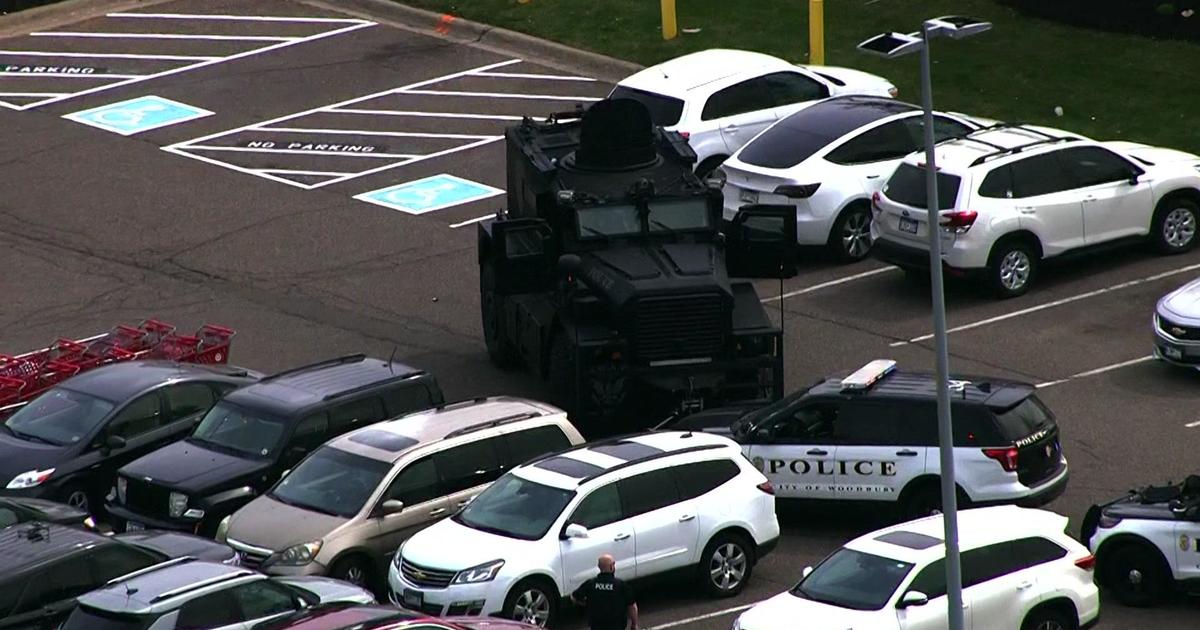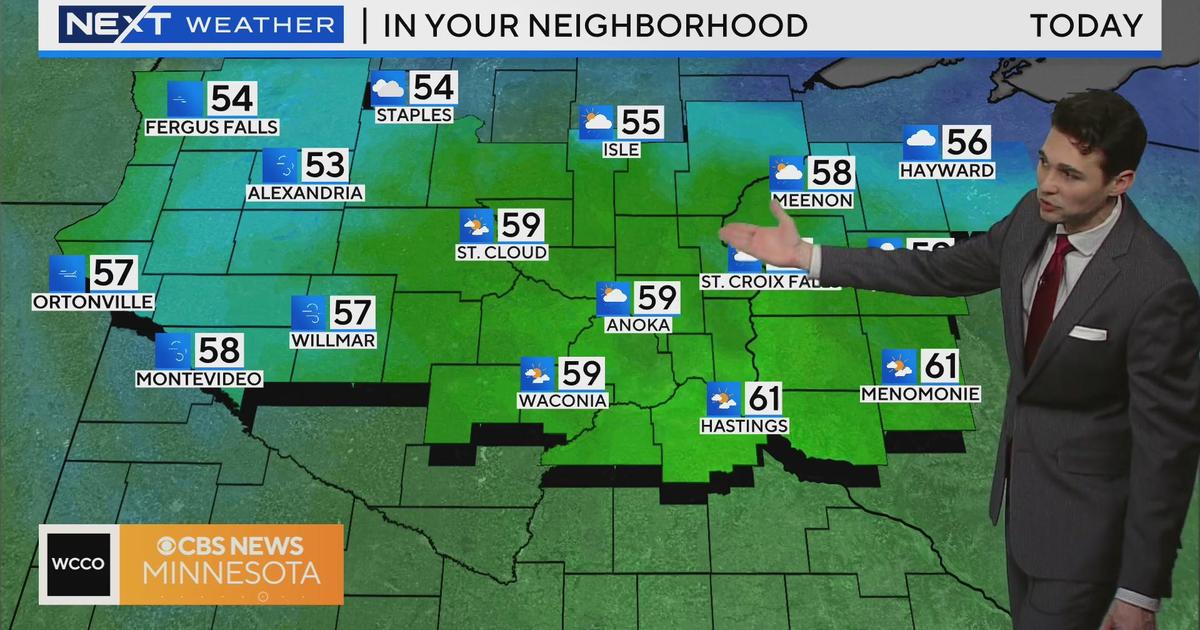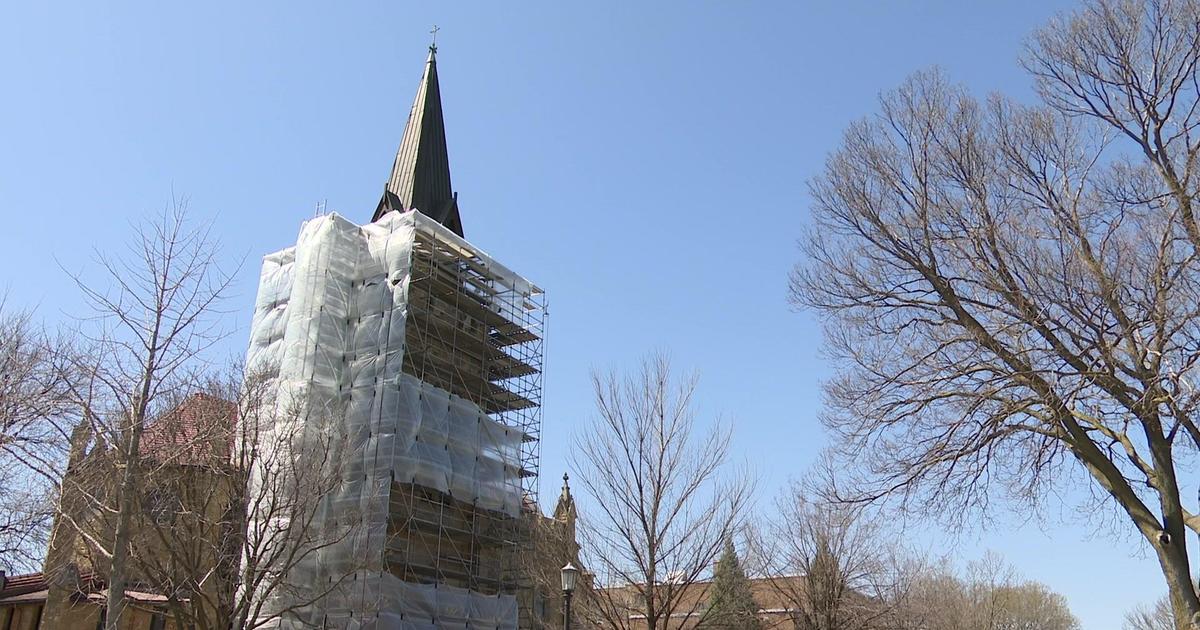Good Question: 'Reply All' Cold Weather Edition
MINNEAPOLIS (WCCO) – Below are your cold weather questions.
-- Would more snow on the ground make us cooler or warmer? – Karen Adolph, Apple Valley
In an average January, we get about 13 inches of snow in the Twin Cities. So far, in January 2013, we have just over one inch.
Snow is not a blanket, in a traditional sense, according to WCCO Meteorologist Chris Shaffer. He said that when there's a lot of snow on the ground, sunlight gets reflected back into the atmosphere. When there's no snow cover, the sunlight is absorbed in the ground.
When the sunlight is absorbed, some surface heating takes place, and our overall temperatures end up being warmer.
-- Does the extreme cold kill the flu? - Lauren Hammer
Sadly, when it comes to the flu, the virus thrives in the cold, dry air. Even subzero temperatures don't stop it.
"Colder and less humidity increases survivability and enhanced transmission," said Michael Osterholm, infectious disease expert at University of Minnesota.
However, he did add that "this can't fully explain the wintertime routine occurrence of influenza in the temperate climates since we have dynamic transmission of newly emerged pandemic influenza viruses in the summer months (Ie. 2009 H1N1 pandemic virus)."
The cold doesn't wipe out most germs, either. Extreme heat does a better job of killing them off. That's why milk is pasteurized at more than 160 degrees to kill off bacteria.
Freezing temperatures makes germs go dormant, it slows them down; but it doesn't kill them.
-- Do subzero temperatures kill the emerald ash borer? -Bill Streit
They do, but it has to get extremely cold.
"Those insects are snug as a bug on the rug," said Robert Venette, the USDA Forest Service researcher who conducted a study on the cold hardiness of emerald ash borer.
In the winter, emerald ash borer larvae are tucked in under the bark of ash trees. And that keeps them warm.
According to the Forest Service and Minnesota Department of Agriculture research, when temperatures get to 0 degrees, 5 percent of the eggs die.
At 10 below, 34 percent die. That's what's happened in the Twin Cities so far.
"It's not having a big impact on the population," Venette said.
At 20 below, 79 percent die. And at 30 below, almost all die.



